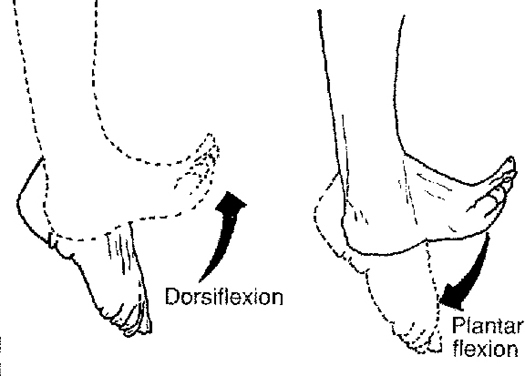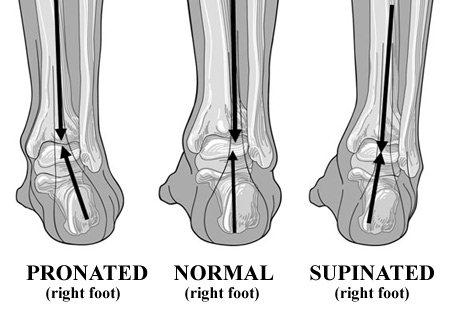Starting off on the wrong foot.
Feet are both your best friend and your worst nightmare. On one hand, they carry your body weight, help you travel from place to place, and keep your body from falling over when you stand. However, on the other hand, they can hold tension and pain, and well, if something is wrong with your feet, then it will most likely affect the rest of your body.

When working with my clients, one of the first areas I will start with is their feet. ( Yes I touch feet for a living. And love it!) Using the same idea we discussed with knees, we can see that gait (the way you walk) and resting stances changes depending on the positioning of the feet. I challenge you to find a way to change the position of your feet without moving any other part of your body. Knees, hips, shoulders, and even neck. These areas will all move to compensate for the lack of balance that occurs when you change your foot positions.

The positioning of the feet can be defined by one of four actions.
Pronation, imagine standing on the inside of your foot.
Supination, like standing on the outside of your foot.
Dorsiflexion, pulling your toes towards you face.
Plantar flexion, or toes into the ground.


Each of these actions has different implications on the rest of the body. If your feet are positioned incorrectly, it is very common for you to have back pain, hip pain, knee pain, shoulder pain, neck pain, and well, just a lot of pain. Luckily for you, we can help. Plus, the only side effect is better sleep and less discomfort!

Tip #1: Insoles!
Just like with the knees, the first thing you need to do is bring your body back to an equilibrium. I always recommend going and getting insoles. If you can't go to your podiatrist, or if like most people, you don't know one, go to your local big box store and use their Dr.Scholls insole machine. All you have to do is stand on it, and it will tell you where you put most of your weight, and it will recommend the correct insole for you! It only takes about 5 minutes, and it is worth the investment! Your feet will thank you!
Just like with the knees, the first thing you need to do is bring your body back to an equilibrium. I always recommend going and getting insoles. If you can't go to your podiatrist, or if like most people, you don't know one, go to your local big box store and use their Dr.Scholls insole machine. All you have to do is stand on it, and it will tell you where you put most of your weight, and it will recommend the correct insole for you! It only takes about 5 minutes, and it is worth the investment! Your feet will thank you!
Tip #2: Massage those feet!
Home massage for feet is very easy, and doesn't take that long. If you can massage your feet for 5 minutes every night, you will be able to relieve some of the tension that is holding your feet in the wrong position. If you don't want to touch you feet, or if you don't think you can do it yourself, see your massage therapist. I know it's weird, but we love feet!! Here is a quick video for at home foot massage!
Tip #3: Check your shoes!
Your shoes are very important to foot health! You want to make sure that they are not too tight, but that they also provide support to your feet and ankles! Make sure you have room to wiggle your toes around as well. Lastly, make sure to get new shoes at least every 6 months. If you wear the same shoes every day, they become worn down, and will not provide as much support as they used to after about 6 months.
Feel free to comment below, and let me know any other problem areas you are having so I can address them in my next blog!



